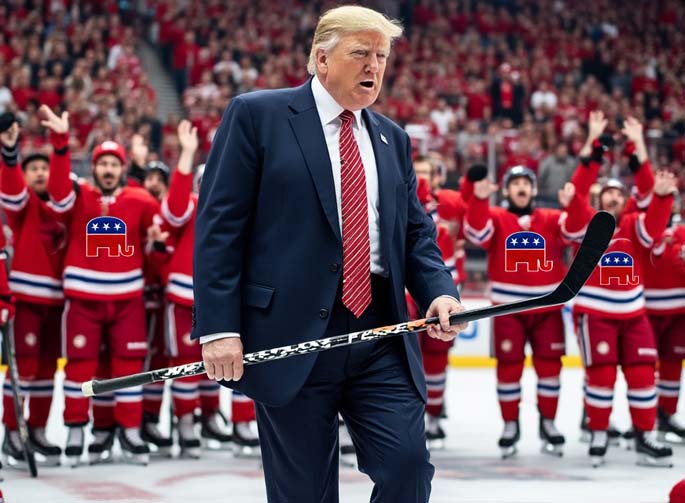In a political sweep that has left pundits and citizens alike buzzing, the Republican Party clinched a remarkable trifecta in the November 2024 elections, securing the presidency, the Senate, and the House of Representatives. This comprehensive victory marks a significant shift in the nation’s political landscape, setting the stage for a unified GOP agenda in the coming years.
The Presidential Comeback
Defying expectations and making history, former President Donald Trump reclaimed the White House, defeating Democratic nominee Vice President Kamala Harris. Trump’s campaign resonated with voters across key swing states, flipping traditionally Democratic strongholds and amassing a total of 312 electoral votes to Harris’s 226. Notably, Trump secured victories in pivotal states such as Pennsylvania, Michigan, and Wisconsin, regions often referred to as the “blue wall.” His success in these areas was bolstered by significant support from diverse voter demographics, including notable gains among Hispanic and Black communities.
Senate Sees Red
The GOP’s momentum extended to the Senate, where Republicans regained control by flipping several seats. Key victories in states like Montana, West Virginia, and Ohio contributed to this shift, altering the balance of power in the upper chamber. The Republican majority is poised to facilitate the advancement of their legislative priorities, with Senate leaders expressing readiness to collaborate with the incoming administration on key policy initiatives.
House Holds Firm
In the House of Representatives, Republicans maintained their majority, securing at least 218 seats. This outcome ensures that the GOP will steer the legislative agenda in the lower chamber, further consolidating their influence across the federal government. House Speaker Mike Johnson has outlined an ambitious 100-day plan, signaling a proactive approach to governance and policy implementation.
Implications and Outlook
The Republican Party’s comprehensive victories across all branches of government herald a new era of unified governance. With control of the presidency and both chambers of Congress, the GOP is positioned to enact its policy objectives with minimal obstruction. This political alignment is expected to impact a wide range of issues, from economic reforms and tax policies to immigration and foreign affairs.
As the nation prepares for this transition, stakeholders from various sectors are closely monitoring the developments, anticipating the potential changes that a unified Republican government may bring. The coming months will be pivotal in shaping the legislative and executive actions that will define the country’s trajectory in the years ahead.

